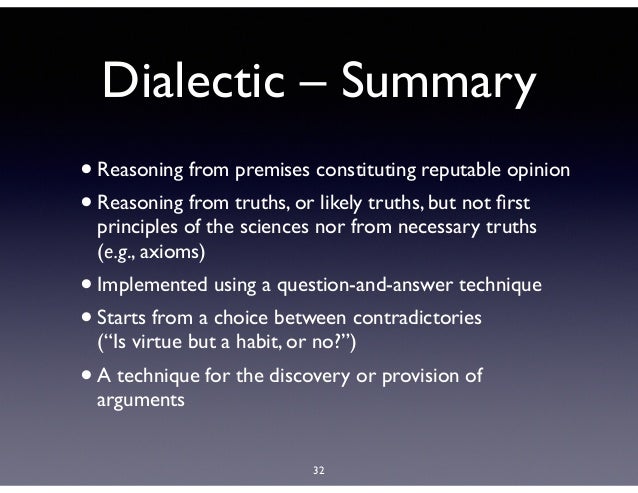
Beyond that, and in the interest of advancing understanding of whether dialectical or non-dialectical emotion styles are functionally adaptive, with possible cultural variants therein, we also examine the health correlates of these various emotion styles.Dialectical and non-dialectical emotional styles vis-à-vis cultural contextĪt the outset, we note that dialectical emotional styles manifested over time are distinct from momentary experience of both positive and negative emotion in a single situation. The present study addresses whether cultural differences can be observed across different kinds (high, moderate, low frequency) of dialectical emotional styles. That is, the weaker correlation between positive and negative emotions among East Asians may be due to experiencing both equally frequently or infrequently. However, the existing literature focusing on a group-level correlation does not examine how individuals experience different kinds of dialectical emotional styles. Whereas Americans show strong negative correlations between positive and negative emotions, East Asians tend to show weaker negative, or even positive correlations between the two ( Kitayama, Markus, & Kurokawa, 2000 Schimmack, Oishi, & Diener, 2002). A non-dialectical emotional style, on the other hand, is defined as the propensity to experience either more positive than negative emotion compared to others over time, or the reverse (more negative than positive emotion compared to others over time).Ĭross-cultural studies have repeatedly documented that East Asians are more likely than Americans to show a dialectical emotional style as a group ( Bagozzi, Wong, & Yi, 1999).

Those people who report feeling both positive and negative emotions more frequently (or infrequently) than others are demonstrating a dialectical emotional style, which is defined as the propensity to experience both positive and negative over time, thus maintaining a balance between the two. The same may be true for those who experience positive emotions less frequently than others. We argue that among people who experience positive emotions more frequently than others, some may also experience negative emotions more frequently than others, whereas the others may experience negative emotions less frequently than others. However, these findings focus on positive and negative emotion independently from each other and do not address how experiences of positive and negative emotion come together within a given person. Previous studies have shown that people who tend to experience one positive emotion more frequently than other people are also more likely to experience other positive emotions more frequently than other people, while the same is true for negative emotions ( Bradburn, 1969 Diener, Smith, & Fujita, 1995 Watson, Clark, & Tellegen, 1988). The frequency with which one experiences positive or negative emotions differs from person to person. Together, these findings show the cultural differences in the experience of balanced positive and negative emotions and their health correlates.įortune and misfortune are like the twisted strands of a rope.

Our results show that the moderate dialectical type is associated with fewer physical symptoms in Japan than in the USA. Furthermore, we explored whether dialectical emotion types are associated with better health profiles depending on cultural background. Thus, dialectical emotions prevalent in East Asia may be characterised by a “middle way” rather than by emotional extremes. Using an age diverse sample, we found that compared to Americans, Japanese are more likely to experience both positive and negative emotions moderately frequently (i.e., moderate dialectical), but are no more likely to experience them frequently (i.e., high dialectical). Previous cross-cultural studies have repeatedly demonstrated that East Asians are more likely to show a dialectical emotional style than Americans, but do not distinguish between specific types of dialectical emotional styles.


 0 kommentar(er)
0 kommentar(er)
